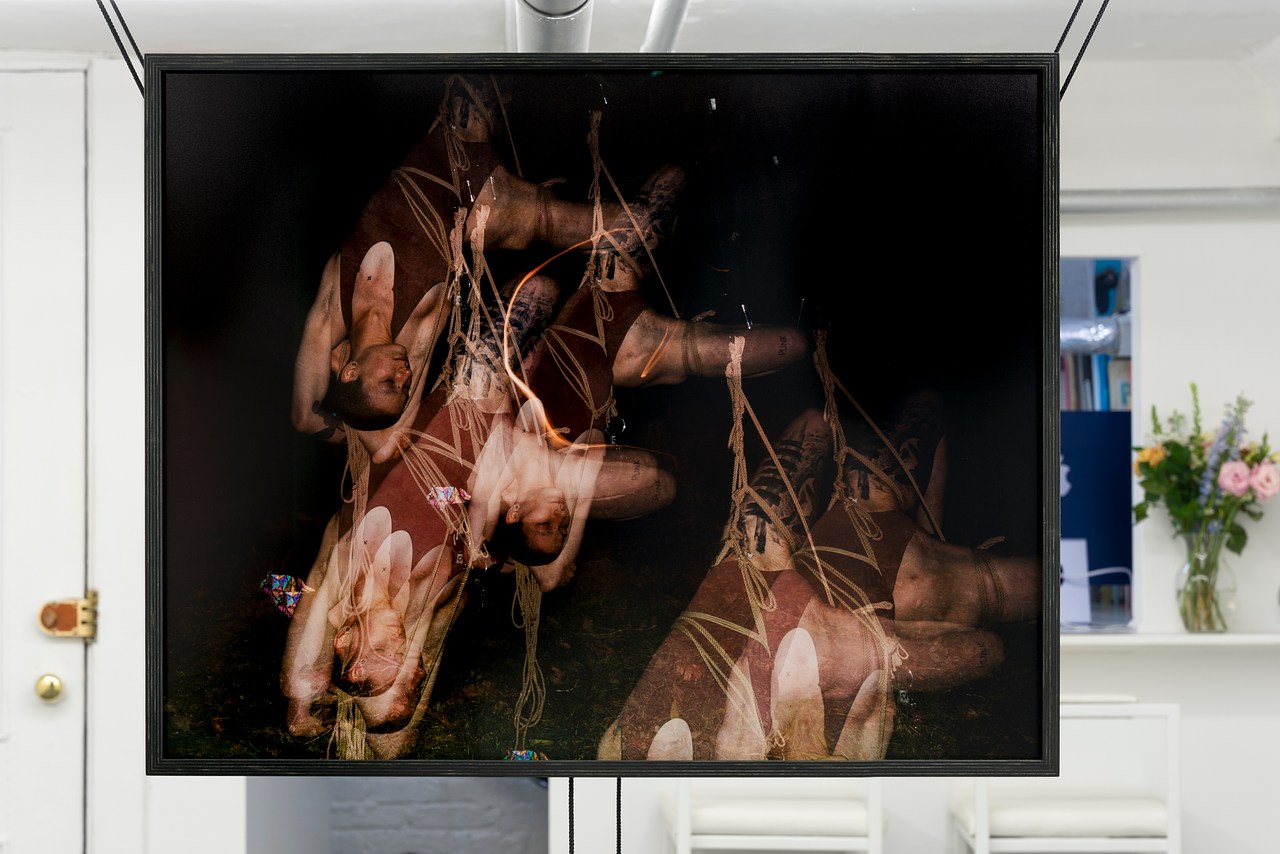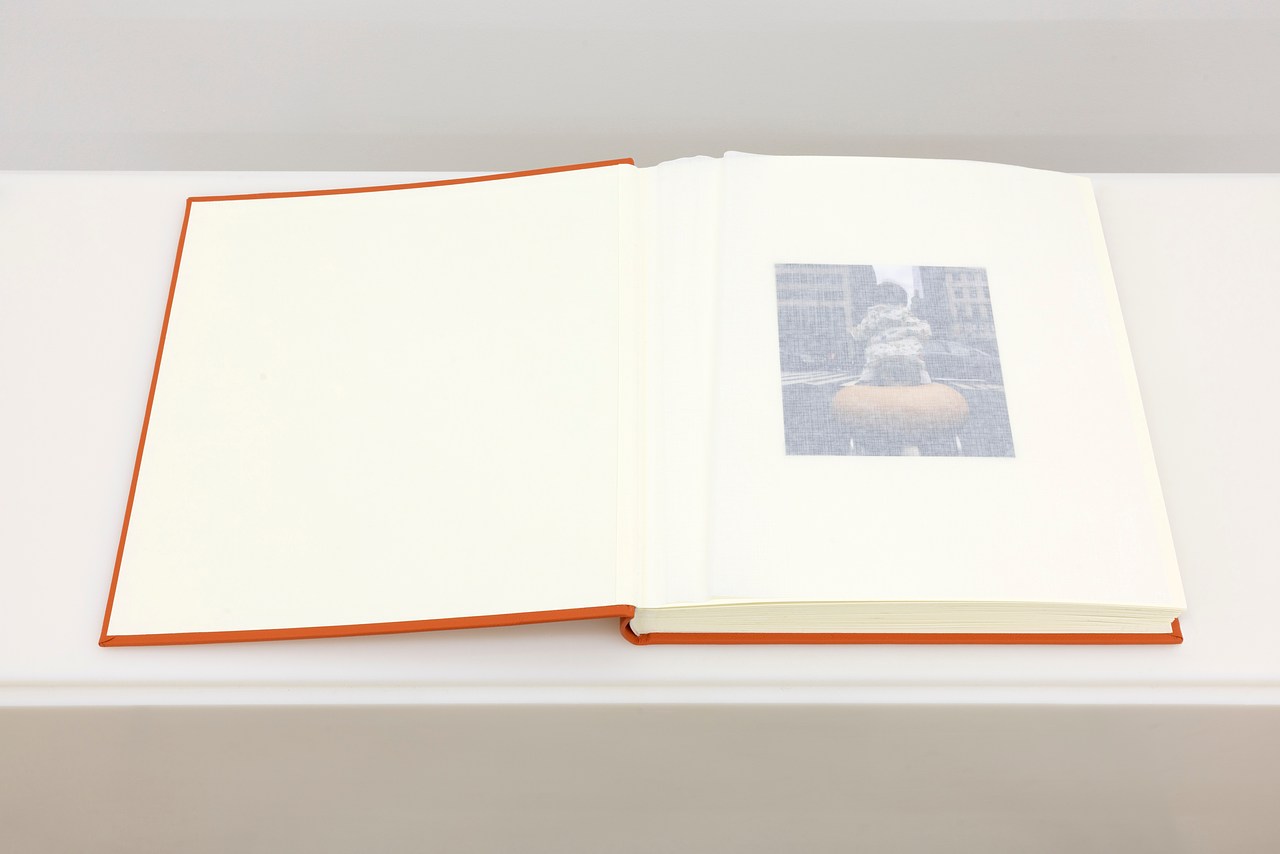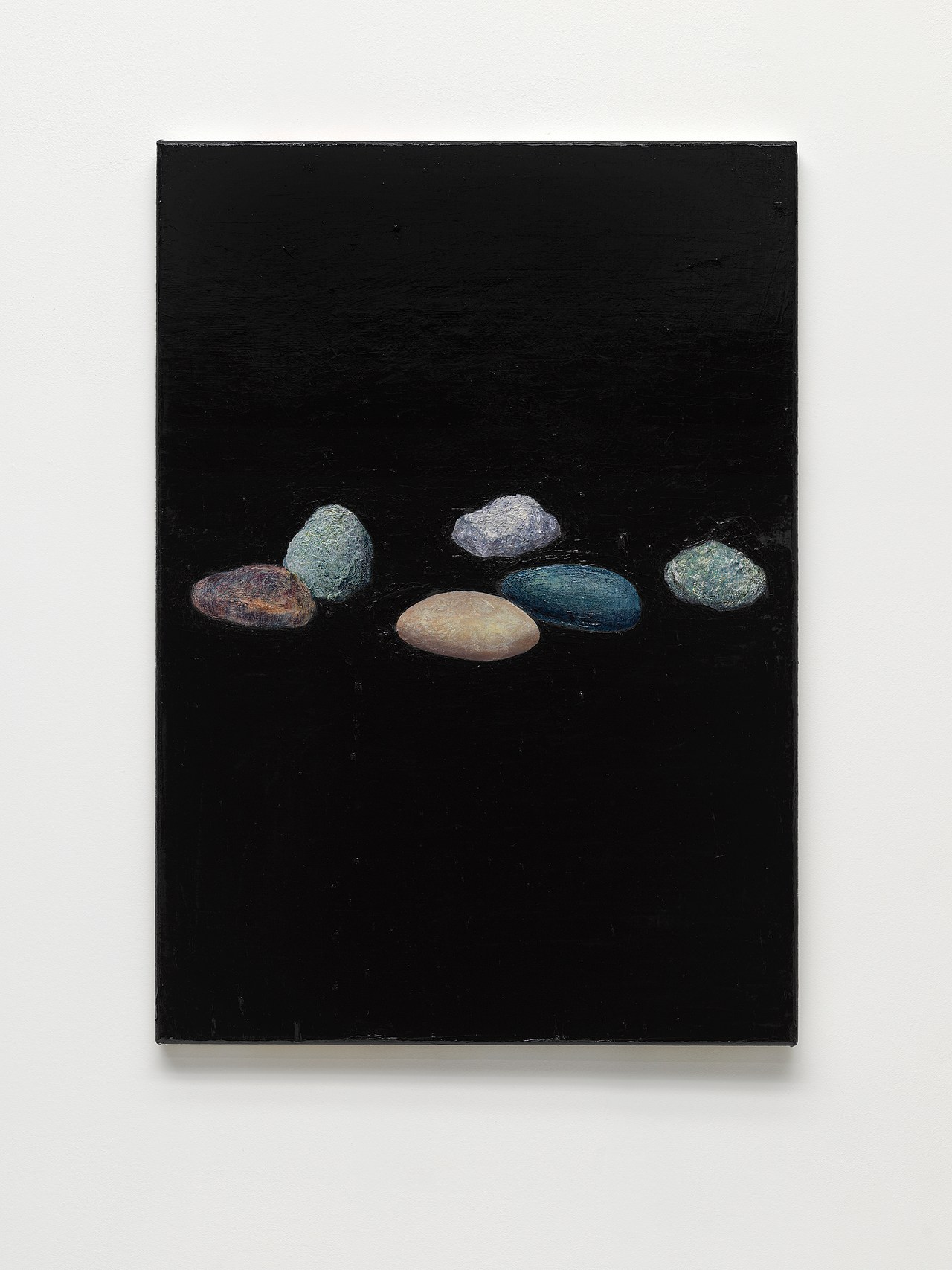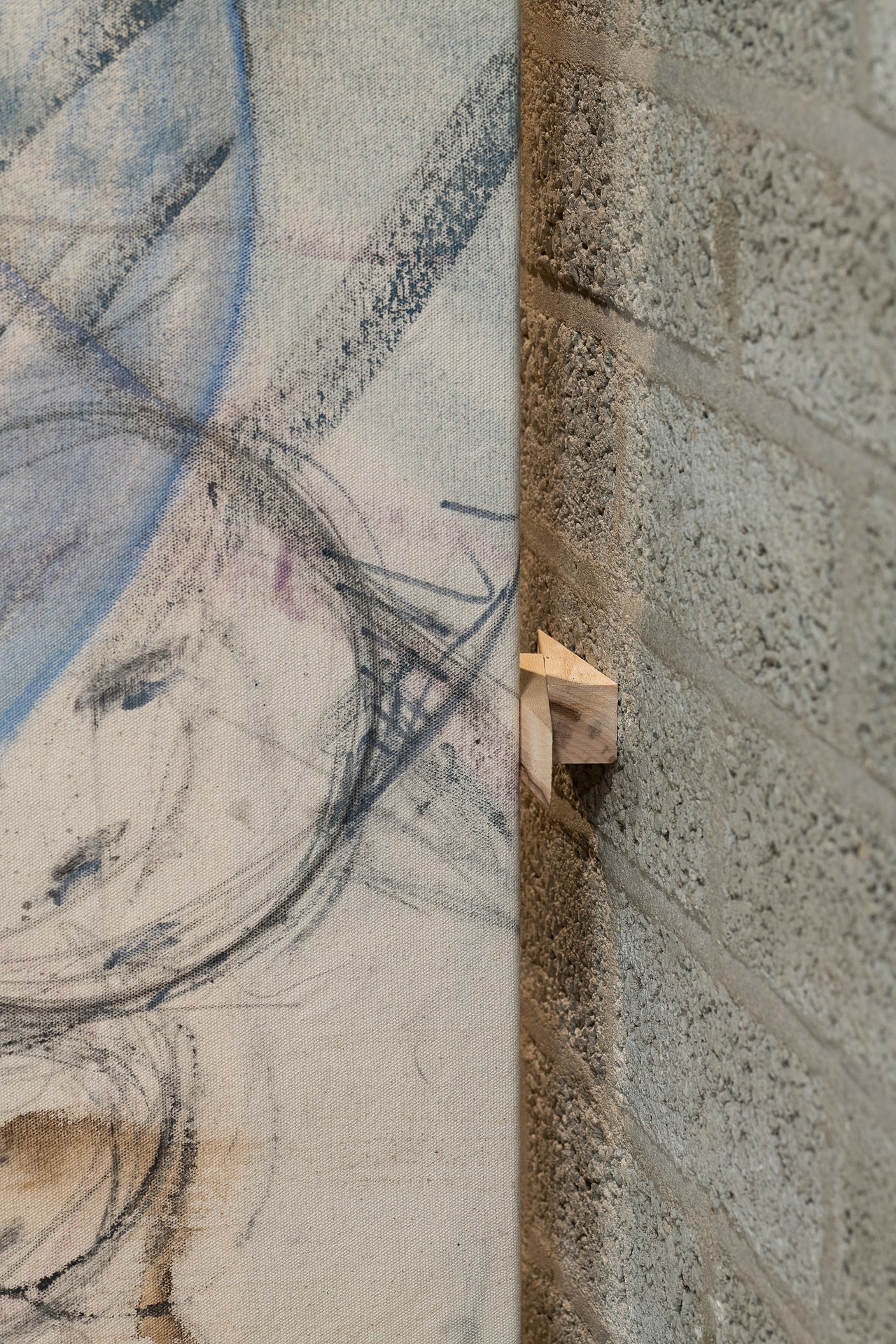12 min read
Mass grave of murdered Vikings sheds light on King Aethelred’s doomed reign
A mass grave is unearthed
In January 2008, Thames Valley Archaeological Services began excavations near St John’s College, in preparation for the construction of a new accommodation building. They quickly discovered the remains of a 4000 year old neolithic henge, one of the largest ever found in Britain. Upon further investigation, broken pottery and food debris were found, indicating that the henge had been effectively used as a landfill site during the Middle Ages, thousands of years after it was constructed. However, it quickly became apparent that the site contained something far more significant, when human bones began to appear. It was a mass grave, bodies piled unceremoniously on top of each other. After a month of digging, the team concluded that they had unearthed the skeletal remains of 37 people.
St John’s College, Oxford (copyright Andrew Shiva)
Radiocarbon dating showed that the bones dated from AD 960 to 1020, the late Anglo-Saxon period. But, although mass executions were not unheard of in this time period, the remains were not consistent with those found at previously discovered mass execution sites.
The skeletons were all of fighting age men, ranging from their late teens to mid-thirties, and were unusually tall for the period. Analysis of atomic variations within the bones revealed that the men’s diets consisted largely of fish and seafood, which was not typical of the Anglo-Saxons, strongly suggesting that these were the remains of Vikings. Given the evidence, it seemed probable that this mass grave might be archaeological evidence of the St Brice’s Day Massacre of 1002, in which the Anglo-Saxon king of England, Aethelred, ordered the extermination of all Danes living in England.
How were the victims killed?
It was concluded that the bodies had suffered extremely violent deaths. They had been brutally stabbed, with puncture marks in their vertebrae and ribs, and had suffered multiple blows from simultaneous attackers. One had been decapitated, with others showing evidence of attempted decapitation. Among the 37 victims, 27 had broken or fractured skulls, indicating traumatic head injuries. A detail that stood out as particularly significant to the archaeological team was the charring on some of the remains.
Copyright
© Oxford University













